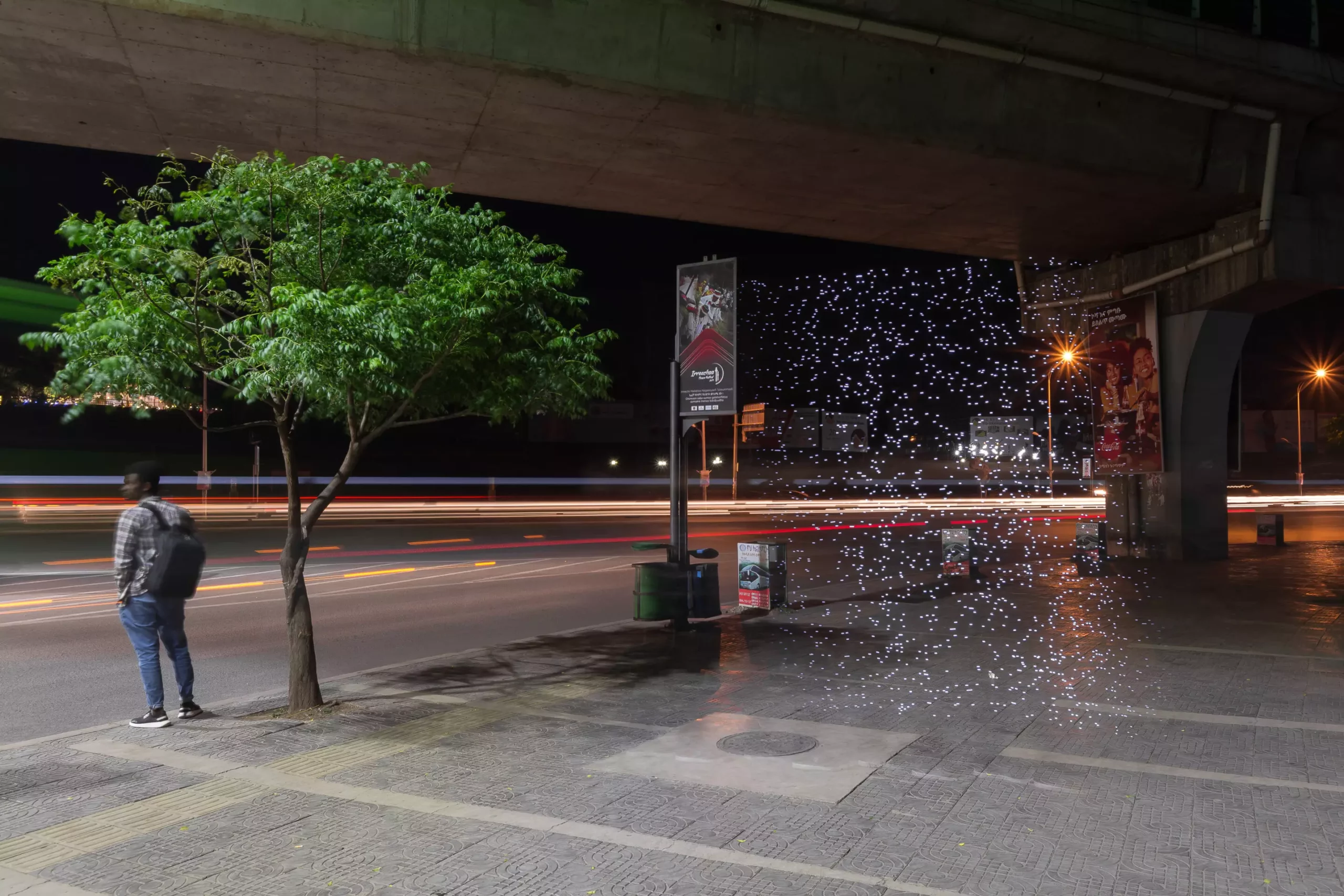When researchers and artists collaborate, magic can happen. This is exactly what occurred in the “Air of the Anthropocene” project, where invisible air pollution was transformed into colorful and impactful images. By combining digital light painting and low-cost air pollution sensors, the team was able to create stunning visual evidence of pollution levels in Ethiopia, India, and the UK. This approach not only made the invisible visible but also sparked important conversations about the health risks associated with air pollution.
One of the key findings of the project was the dramatic variation in air pollution levels between different locations. In Ethiopia, for example, the team discovered that a kitchen using biomass stoves for food preparation had PM2.5 concentrations up to 20 times greater than the outdoor measurements nearby. Similarly, in India, two children’s playgrounds located 500 km apart showed significant differences in pollution levels, with the playground in urban Delhi having much higher PM2.5 values compared to the one in rural Palampur. The team also observed large variations in air pollution around the Port Talbot steelworks in Wales, highlighting the importance of monitoring and addressing pollution hotspots.
Through the use of light painting, the team was able to create striking images that resonated with local communities and policymakers. By making air pollution tangible and relatable, the project facilitated discussions on the impact of pollution on people’s health and well-being. Artist Robin Price emphasized the importance of providing a visual understanding of air pollution, especially to those without a scientific background. The dynamic LED array used in the project flashed more rapidly as pollution levels increased, creating a direct visual correlation between light intensity and pollution concentration.
The “Air of the Anthropocene” project not only raised awareness about air pollution but also inspired action. The exhibition of the project in various galleries and public spaces allowed people to engage with the issue of pollution in a unique and thought-provoking way. Organizations such as the UN International Organization for Migration (IOM) and the Foreign, Commonwealth, and Development Office (FCDO) recognized the power of visual storytelling in mobilizing communities to address air pollution. By provoking emotions and fostering dialogue, the project encouraged individuals to share their perspectives and take concrete steps to tackle pollution in their communities.
Air pollution is a pressing global issue that affects billions of people around the world. According to the World Health Organization (WHO), nearly the entire global population breathes polluted air, leading to millions of premature deaths each year. In regions like Asia and Africa, air pollution remains a major health threat, exacerbating conditions such as heart disease, stroke, and cancer. Particulate matter (PM) is identified as a key air pollutant responsible for a wide range of health problems, underscoring the urgent need for effective pollution control measures.
The “Air of the Anthropocene” project exemplifies the power of collaboration between art and science in addressing complex environmental challenges. By using light painting to visualize air pollution, the project transcended language barriers and scientific jargon, making pollution a relatable and urgent issue for communities worldwide. As we continue to combat the detrimental effects of pollution on our health and environment, innovative approaches like “Air of the Anthropocene” offer a new lens through which to understand and address the impacts of air pollution.


Leave a Reply